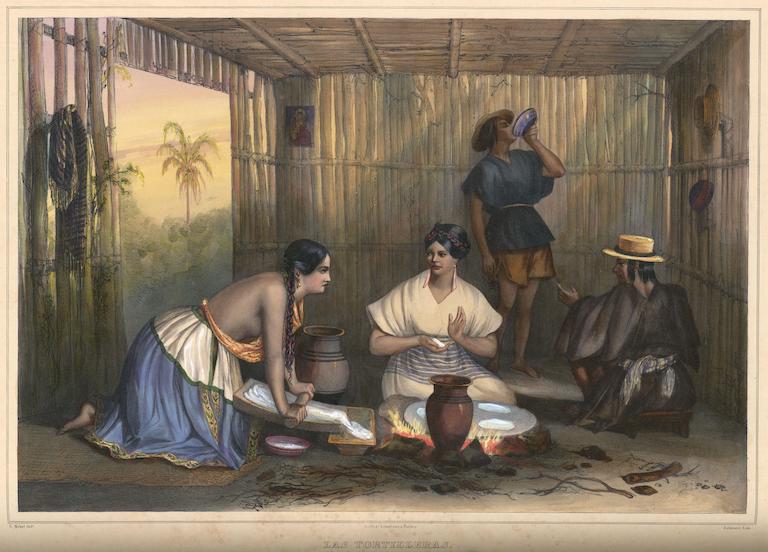Who knew that tortillas could become a plot point?
In Stone Fever, the omission of a key ingredient in making tortillas turns out to be the cause of a mysterious epidemic that plagues Luz and Joaquin’s nomadic tribe, the Wasting Disease. It causes healthy women in the prime of life to break out in sores, then lose control of their bowels and, eventually, of their minds. Because the illness comes on gradually, no one in the tribe ties it to diet, instead blaming their misfortune on bad luck, a character flaw or the fates.
Enter Keltyn Sparrowhawk. Her own naivete and a series of misunderstandings about the iris stone land her in deep doo-doo with the tribe. The only way she can clear her name is to discover the true cause of the Wasting Disease, and quickly.
Summoning a séance with her Cree Indian ancestors, she learns what they discovered long ago: if maize is the staple of a tribe’s diet, to protect themselves from the Wasting Disease, they must add a key and time-consuming ingredient when preparing the maize.
This step, called slaking or nixtamalization, has the maize soaked and cooked in an alkaline solution, such as ash or limewater. This softens the maize, improves the flavor and makes it easier to cook. Critically, it also makes the amino acid tryptophan more available for human absorption, where it produces vitamin B3 (niacin).
Chronic dietary niacin deficiency causes the disease pellagra, whose main symptoms are described above. Pellagra was common in poor parts of the American South before the discovery of niacin’s critical role. It is still endemic in Native American cultures of Mexico and Central America, and in parts of Africa, Indonesia and China.


